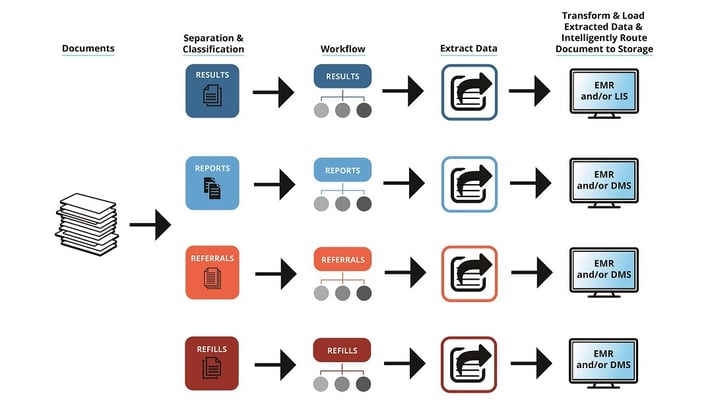
If Google can make a self-driving car why can’t external labs be automatically integrated (driven) into clinical information systems?
Recently while visiting a National Cancer Institute customer that is also a designated Comprehensive Cancer Center we had a brief chuckle regarding cutting edge technology and healthcare. Our customer, a large academic medical center, had asked us to come and talk with other departments about expanding our clinical data extraction software to other departments. They currently use Extract to capture data from lengthy pathology reports and then import the information into their data analytics repository.
The demonstration was for members of the Bio Informatics department, their Office of Human Research Services, and others. We intended to discuss using our software to pull data for clinical research trials, referral packets, scan journals for information and then send the data to multiple clinical information systems. And yes, all of this can be done using our software today--which is (as we were told) pretty amazing and cool.
Of course any technology is only good if fully utilized and connected. In setting up for our demo, we were happy to see they have a state-of-the-art conference room, with a full screen and sophisticated audio and video technology. However, we were unable to connect our laptops to their monitor. The problem was simple enough. Our laptop export connection was HDMI and the monitor had only a VGA connection. The two systems could not talk to each other!
Here we were at a leading cancer center, discussing implementing cutting-edge technology and we were unable at least temporarily to make our presentation due to connectivity issues. It just goes to show that each step in a technological chain is interdependent and that amazing things can be done as long as they are set up correctly and designed to exchange information. They can basically be set up via autopilot and allowed to move or be driven by the software.

Extract software’s Advanced Clinical Document Classification can drive documents to really anywhere you need them to go. The software sorts documents by content and routes to appropriate workflows. For instance, today you may be receiving lab results, prescription refill requests, pathology reports, radiology reports and any number of other documents. The system can recognize the different types and automatically drive them to different workflows. But, just like any technology in order for it to be fully utilized the connections and architecture must be linked. Or just plugged in.